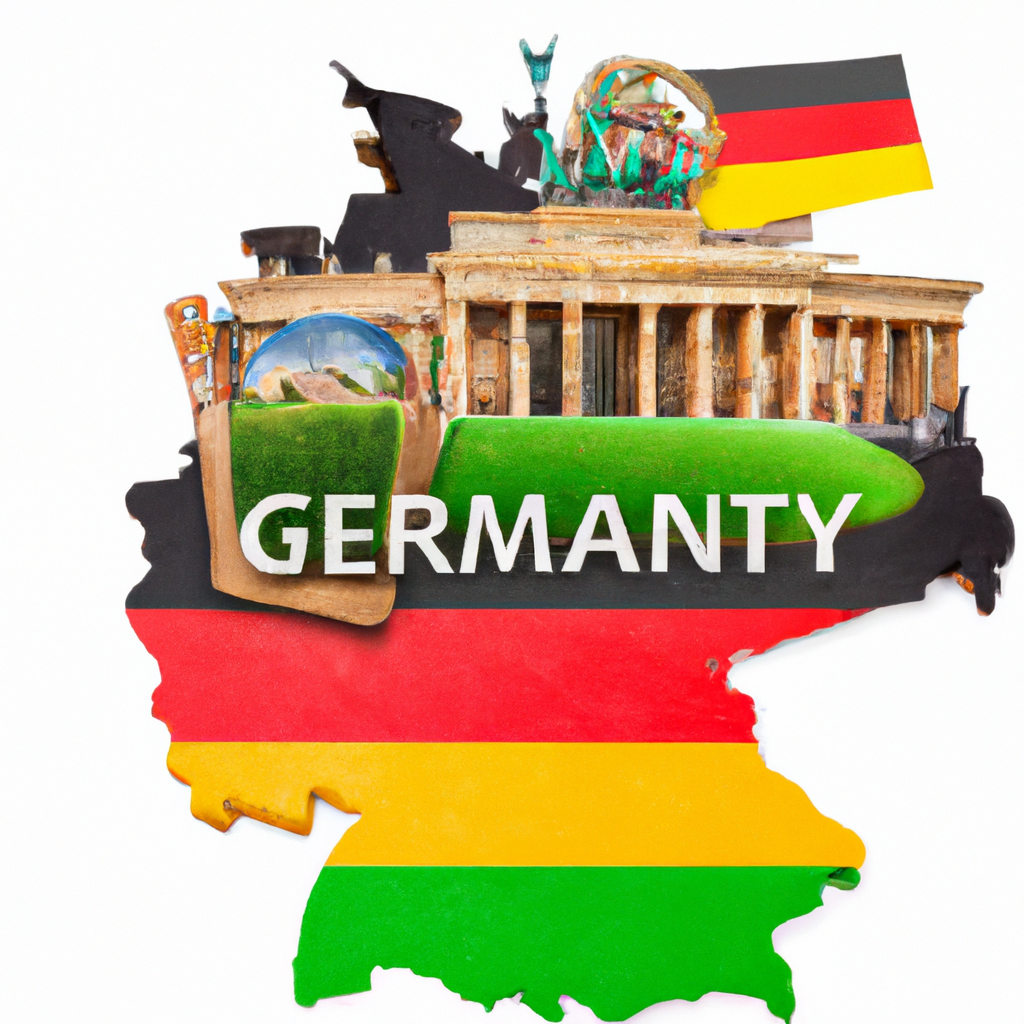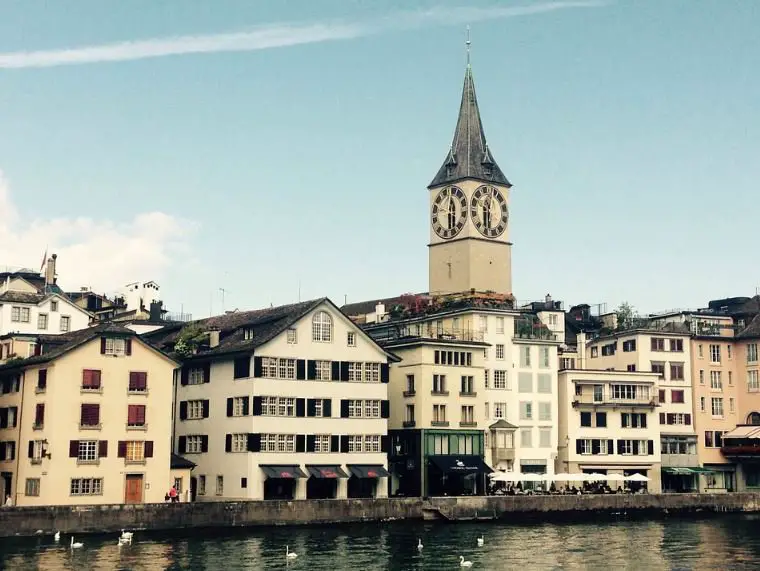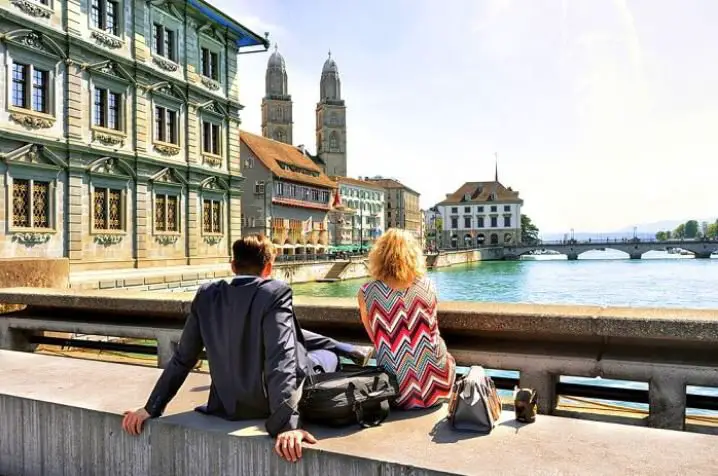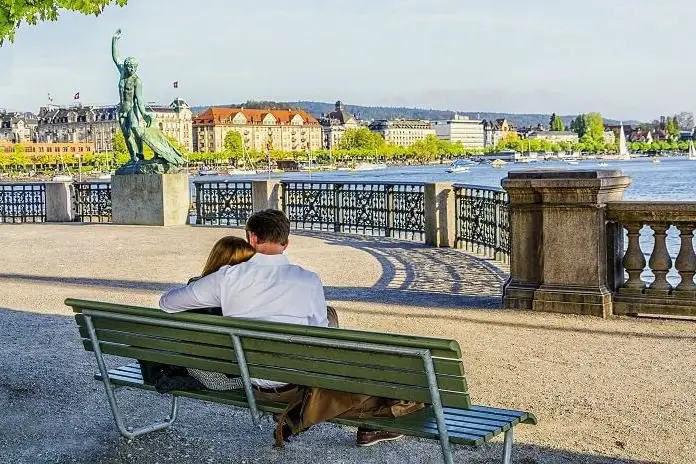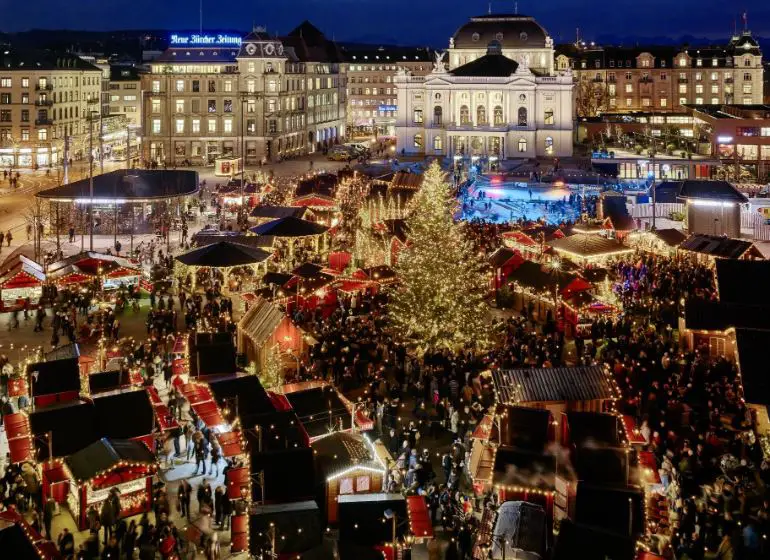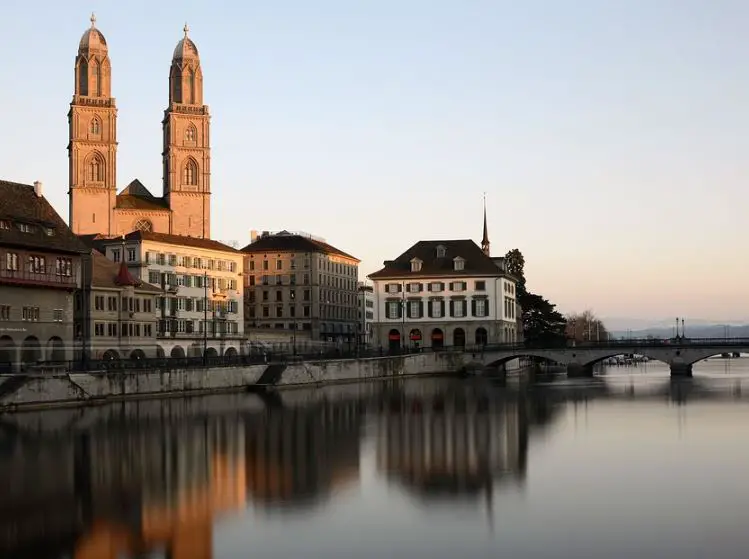What is the history behind Germany's historic churches and cathedrals?
Post ByAdequate Travel
Summary
Germany is a country steeped in history and culture, and the churches and cathedrals are no exception. From the towering gothic cathedrals to the beautiful rural churches, Germany's churches and cathedrals have played a major role in the development of German culture and religion from the Middle Ages to the present day. In this blog, we will explore the history behind some of Germany's historic churches and cathedrals.History of Germany's Historic Churches and Cathedrals
1. Early Christian Influence:
The history of Germany's historic churches and cathedrals dates back to the early Christian era when the religion first spread across Europe. As early as the 4th century, Christian missionaries began to convert pagan Germanic tribes, leading to the construction of simple Christian structures.
2. Romanesque Period:
During the Romanesque period (roughly 1000-1230 AD), numerous churches and cathedrals were built across Germany. These structures followed the Romanesque architectural style characterized by thick walls, round arches, and small windows. Examples include the Speyer Cathedral and the Cologne Cathedral, both of which were significant cultural and religious centers during this era.
3. Gothic Architecture:
In the late 12th century, Germany witnessed the rise of Gothic architecture, which brought about significant changes in church design. Gothic cathedrals and churches featured pointed arches, ribbed vaults, and large stained glass windows. This architectural style allowed for taller and lighter structures, creating a sense of spiritual elevation. Famous examples include the Ulm Minster and the Regensburg Cathedral.
4. Reformation and Religious Wars:
The 16th century marked a tumultuous period in Germany's history due to the Protestant Reformation led by Martin Luther. This led to conflicts between Catholics and Protestants, resulting in the destruction and alteration of many churches and cathedrals. Some churches, such as the Frauenkirche in Dresden, were rebuilt later to restore their original form.
5. Baroque and Rococo Period:
In the 17th and 18th centuries, the Baroque and Rococo architectural styles gained prominence in Germany. Many churches and cathedrals were renovated or constructed in these ornate styles. The Wieskirche and the Pilgrimage Church of the Fourteen Holy Helpers are notable examples of this period, featuring intricate decorations and lavish interiors.
6. Restoration and Preservation:
In the 19th and 20th centuries, efforts were made to preserve and restore Germany's historic churches and cathedrals. After the devastation of World War II, many churches, such as the Cologne Cathedral, required extensive repair work. These restoration projects aimed to protect and showcase the architectural and cultural heritage of the country.
7. UNESCO World Heritage Sites:
Several of Germany's historic churches and cathedrals have been recognized by UNESCO as World Heritage Sites, emphasizing their cultural and historical significance. Examples include the Aachen Cathedral, the Würzburg Residence, and the Maulbronn Monastery.
Overall, Germany's historic churches and cathedrals reflect the evolution of architectural styles, religious changes, and the cultural heritage of the country. They stand as reminders of Germany's rich history and continue to attract visitors from around the world.Suggested Questions
- Spreepark, Berlin: Horror Story, History & Paranomial Activities
- Deutsches Hygiene-Museum, Dresden: Horror Story, History & Paranomial Activities
- Altes Schloss, Stuttgart: Horror Story, History & Paranomial Activities
- Bergkirchweih, Erlangen: Horror Story, History & Paranomial Activities
- Festung Marienberg, Würzburg: Horror Story, History & Paranomial Activities
- Kloster Irsee, Irsee: Horror Story, History & Paranomial Activities
